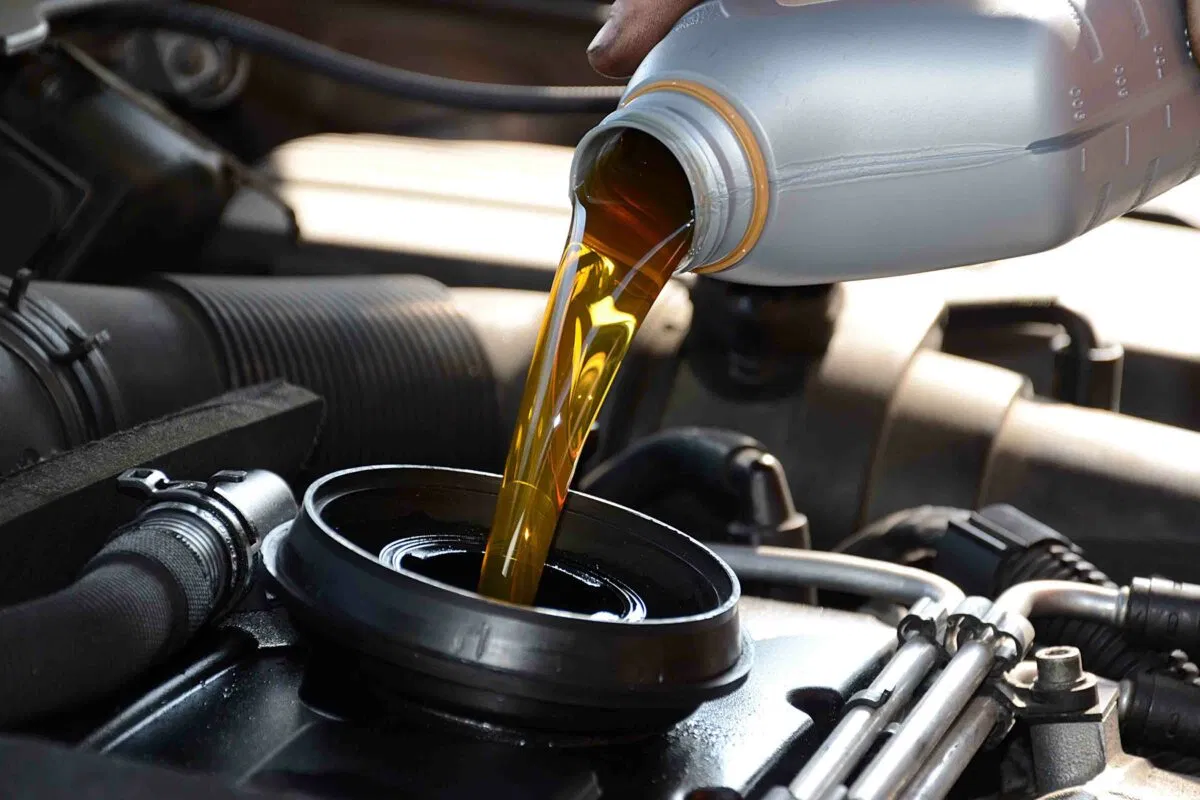
Having spares is an essential part of running your vehicle. From engine parts, to transmission, suspension, brakes and electrical components, these spares are essential for your safety on the road.
But they need to be maintained as well. Enter The Ultimate Guide to Maintaining Your Vehicle’s Spare Parts.
Check the Owner’s Manual
The owner’s manual in your car is the definitive source for learning how to care for your ride. It explains which icon denotes each warning light and tells you how to perform proper repairs, and it provides a budget detailing how best to maintain optimal condition.
It will also tell you how to look after a spare part, provide a maintenance schedule and note the fluid capacities for your particular model of car. This is then valuable information to have at hand, saving time (and therefore money) at garages, but also allowing your mechanic to focus on where the problems may lie before the car is in serious crisis.
I’m talking about all the stuff that your owner’s manual can teach you, but that you won’t ever bother to look up. For example, you might not know the exact location of the oil dipstick or the key fob battery, but you should. Doing so can cut a few milliseconds out of your thread, and your engine will thank you by being twice as efficient. And who knew that some of your car’s more sophisticated features could actually make an impactful difference in efficiency, safety and comfort? I didn’t, until I could have gone blind looking for an oil dipstick in a spotlight.
Check the Tires
Tires are what links your car to the road, and without good, functioning ones, your vehicle’s handling will suffer. They need to perform in nasty winter conditions, prevent tire blowouts at highway speed, and they must protect against damage from debris. Make sure all tires are in good condition for the task; check for even wear and tear (including punctures); keep spare tyre inflation under control (keep the lug nuts tightened); and, last but not least, the ‘penny test’: put an upside-down penny in each tread groove – if you see Lincoln’s head, then you need new tyres!
Make sure that your tyres are inflated to the pressure level advised by your tyre supplier, and have your tyres rotated at 6,000-mile intervals to increase the durability of your tyres’ treads. If you notice that your tyres are wearing unevenly, definitely make an appointment with a mechanic.
Change the Oil
A car is a complex piece of machinery and has literally thousands of parts, some moving and others not. A lot of work has to be done, both below and sometimes above the bonnet, to speed you on your way from A to B. To keep yourself and your vehicle safe and in good shape for the journey, you need to know how to tend your spare parts carefully.
All OEM spare parts are specially developed and tested to work seamlessly with the other vital parts of your vehicle for the perfect performance and safety of your car. Non-OEM solutions can affect performance and safety.
It is important to ensure regular maintenance of your vehicle to keep your engine running smoothly and properly. Before changing the oil in your vehicle, make sure it is parked on solid ground, and that all the wrenches you will need (along with the plastic sheeting you will use to cover exposed areas while you drain your old oil) and drill bits are in an easily accessible place – as well as jack stands if your motor needs support during the process. Make sure you look under the hood of your car before draining it, and be careful while emptying out the old oil. Afterwards, replace the drain plug and filter with additional new oil and make sure your vehicle is filled up to your manufacturer’s required specification.
Check the Battery
Your battery is what supplies enough energy to turn over the engine and is thus essential to keeping you on the road, and a quality battery should provide enough energy to provide several starts as well as cold-cranking amps or the amount of energy needed to turn over an engine in cold temperatures.
However, check your owner’s manual for recommendations and safety considerations before taking any DIY steps. Wear goggles and gloves – car batteries contain acid, which releases volatile gasses that could detonate.
Admonish your friend to disconnect and clean terminals before testing, and then use a multimeter to get an idea of the battery’s charge state. A healthy battery should measure at 12.6 volts or more. A low reading indicates a faulty battery that must be replaced. You might also check individual cells with hydrometer-type testers that can detect bad cells on the spot. The specific gravity of good cells should be around 1.260, just as water would be.











